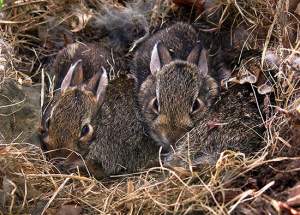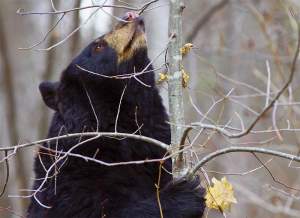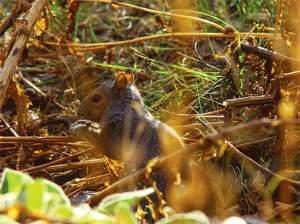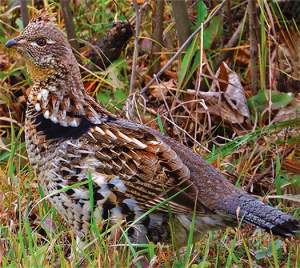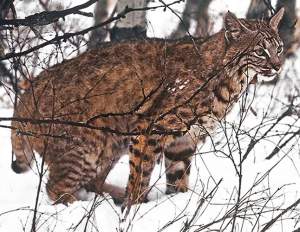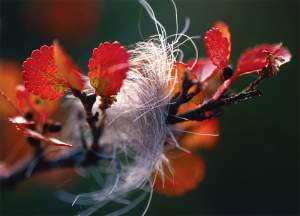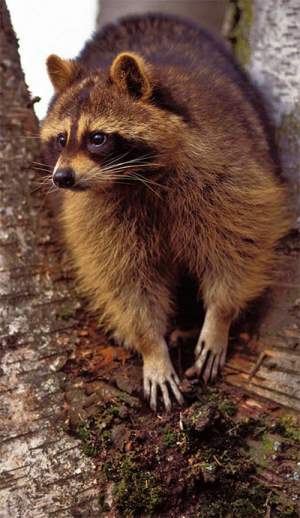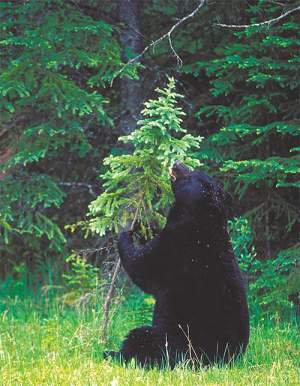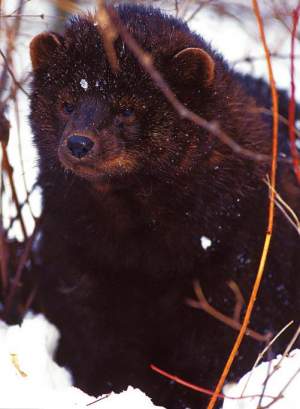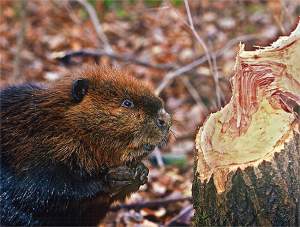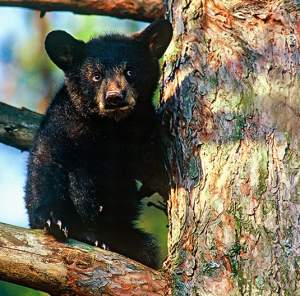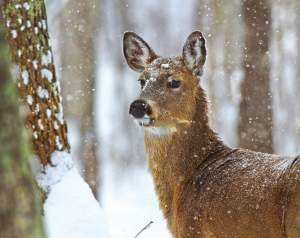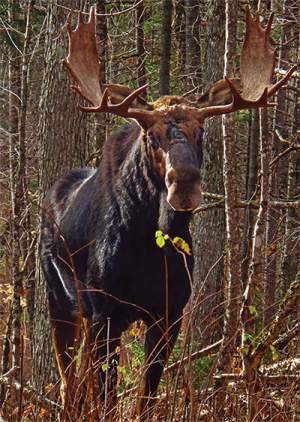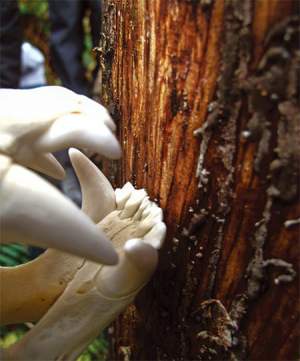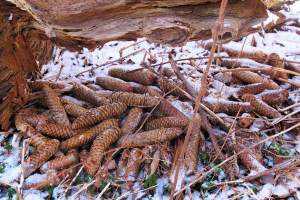By late May, we are cheered by the melodious songs of birds – birds which, at this time of year, are busy building nests, guarding them, and soon caring for their newborn occupants. But…
Tracking Tips
Tracking Tips: Sign of Wee Beasties in Spring
On winter outings in snow, we often see the minute trotting tracks of meadow voles and the bounding track-sets of white-footed mice and deer mice. Weighing just one or two ounces, the wee…
Tracking Tips: Snow Roosts
I still remember my childhood excitement when my grandfather explained to me what those holes were in the deep snow. “Snow roosts,” he explained, and they’re made when a…
Tracking Tips: Looking Closely at Bear Nests
Except for the Minnesota black bear that chose to spend the winter hibernating 70 feet up in a bald eagle nest, North American black bears don’t hang out in tree nests. Rather, the…
Tracking Tips: Putting Food Up
We start putting food up in August – about the time we can smell the sun-warmed tomatoes, even before we gather them for canning. “Putting food up” is a curious expression.…
Tracking Tips: A Different Drummer
If you wish to see tracks and sign of ruffed grouse, find the food. In early spring, when the deepest snowpack still lingers in the woods, chicken-sized grouse can be seen ponderously perching…
Tracking Tips: Bobcat Scrapes
It’s late February, and a tom bobcat is eagerly sauntering along – something is in the air! Lengthening daylight and warming temperatures signal the arrival of courting and…
Tracking Tips: Hair - Hair!
The ability to detect the passage of the most elusive wild animals without relying on fresh tracks is a skill that amazes novices. They sometimes assume that such a tracker, like a legendary…
Tracking Tips: Raccoon or Otter?
Good friend and fellow tracker Paul Rezendes once observed that there are times when a species’ tracks will convince you that you are looking at those of a different animal. So it is…
Tracking Tips: Bears in Spring Wetlands
Contrary to popular notion, bears are not ravenous upon emerging from their dens in April. Instead, they remain uninterested in food for several days, though perhaps nibbling on the occasional…
Tracking Tips: Fisher or Otter?
You’re walking alongside a beaver flowage and encounter large mustelid tracks – a bounding pattern along the bank for more than 100 yards. Then the tracks cross the broad frozen…
Tracking Tips: Beavers at Home for the Winter
Most folks know that stream-flow ponds impounded by dams built of sticks, stones, and mud are created by beavers. Conical or dome-shaped lodges surrounded by water are also recognizable signs…
Tracking Tips: Nose Probes and Digs
A nesting robin was incessantly scolding something that was moving along the length of a downed log. I knelt and studied the area, and soon saw a flash of white, and thereafter the…
Tracking Tips: Curious Sign
It’s spring, and the snowpack is retreating. But it’s not just coltsfoot and trout lily that are emerging from beneath the melting snow. Over the years I’ve found plastic oil…
Tracking Tips: Clods, Wedgies, and Imprints
Tracking appeals to us because we enjoy sorting out nature’s subtle clues – clues that lead us to visualize and appreciate the behavior of different wildlife species. Simple tracks…
Tracking Tips: Moose Rub
In Alaska and the more open terrain of northwestern alpine meadows and muskeg habitats, a rutting bull will flash and flag his massive antlers like “social semaphores,” as…
Tracking Tips: The Ap-peel of Cambium
Nearly 40 years ago, I discovered some curious bear feeding sign on a mid-elevation ridgeline in northern Vermont. A pole-sized bigtooth aspen had been peeled to its roots like a banana.…
Tracking Tips: Bear Families in Spring
When snow drifts linger into late April and freezing rain challenges new blossoms, mother bears and their infant cubs seek out wetland edge habitats. Seepage areas and vernal pools, as well as…
Tracking Tips: Red Squirrel Stashes and Caches
The Latin name for the red squirrel, Tamiasciurus hudsonicus, gives us more than a hint about the summer and fall foraging behaviors of this bold and busy creature. Tamias apparently has a…


